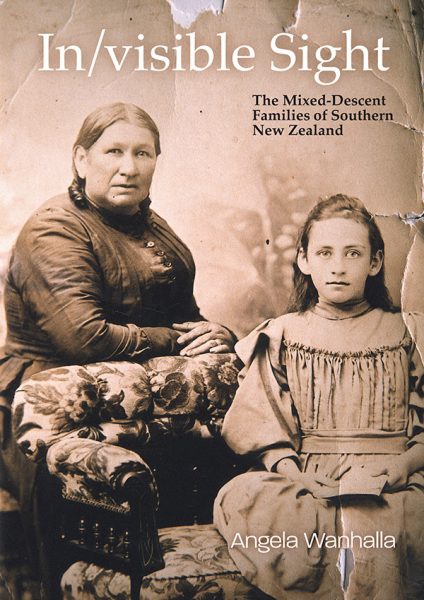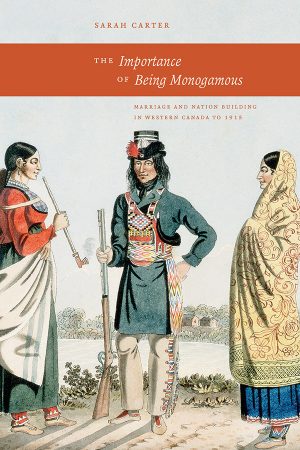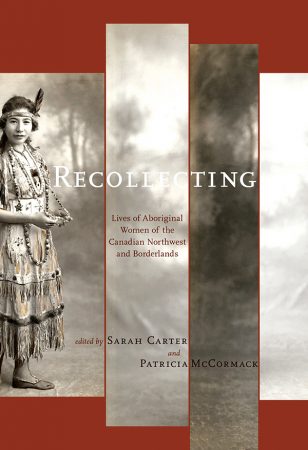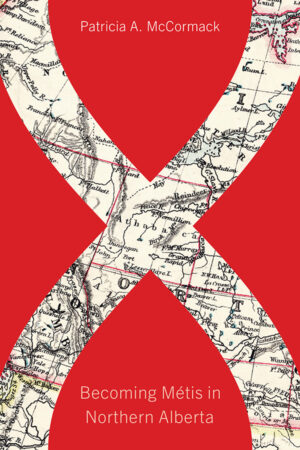Subjects: History, Indigenous Studies
Imprint: AU Press
- 9781897425862 (paperback)
- 9781897425879 (pdf)
Angela Wanhalla begins her story in Maitapapa, Taieri, New Zealand, the mixed-descent community where her great-grandparents, John Brown and Mabel Smith, were born. As In/visible Sight takes shape, a community emerges from the records, re-casting history and identity in the present. Drawing on the experiences of mixed-Maori/White families, Wanhalla examines the early history of southern New Zealand. There, Ngāi Tahu engaged with the European newcomers on a sustained scale from the 1820s, encountering systematic settlement from the 1840s, and fighting land alienation from the 1850s. The evolving social world was one framed by marriage, kinship networks, and cultural practices―a world in which interracial intimacy played a formative role.
Reviews
“[In/visible Sight] provides a compelling case study of the impact of government policies on a small and rural Ngai Tahu community. … While urbanization and outward migration contributed to a loss of cultural knowledge in which the formerly prominent mixed descent families of Maitapapa became ‘invisible’ within wider Pakeha communities. Wanhalla draws upon oral histories of descendants to demonstrate that this process was only ever partial and intended as a strategy of survival. Her work shows just how successfully Pakeha and mixed-descent people were integrated into the Maitapapa community before its eventual dispersal. … Historians of cross-cultural encounter and relationships will find several other fertile points of comparison and reflection in this fascinating book.”
Canadian Journal of History/Annales canadiennes d’histoire
Table of Contents
- List of Maps and Tables
- Acknowledgements
- Maps of Key Locations
- Chapter 1. Intimate Histories
- Chapter 2. Pātahi’s Story
- Chapter 3. Interracial Families and Communities
- Chapter 4. Boundary Crossings
- Chapter 5. Fears and Anxieties
- Chapter 6. Racial Categories and Lived Identities
- Chapter 7. Migration Stories
- Chapter 8. In/visible Sight
- Endnotes / Bibliography / Index
This work is licensed under a Creative Commons License (CC BY-NC-ND 2.5 CA). It may be reproduced for non-commercial purposes, provided that the original author is credited.




